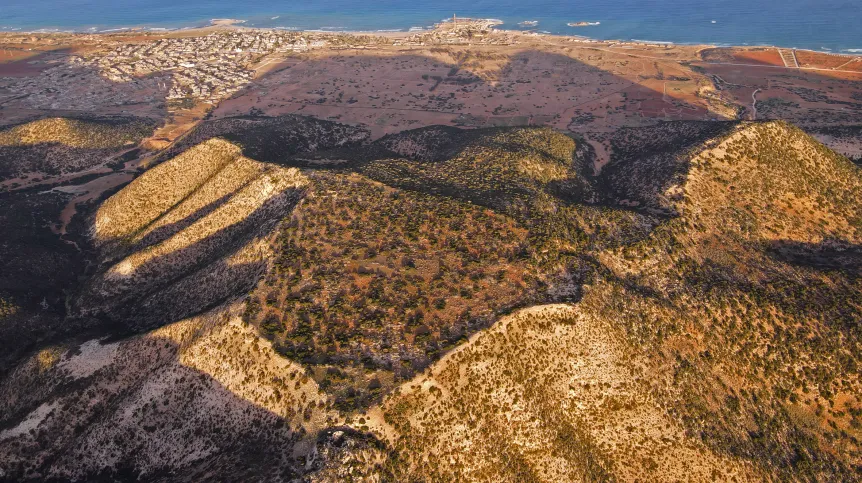
Polish archaeologists working in the ancient city of Ptolemais on the Mediterranean coast discovered the utility part of a city residence, equipped with an advanced system for collecting drinking water, and, among other things, a mysterious mask depicting a human face. The archaeologists are now beginning research on the local acropolis.
Ptolemais is one of the largest ancient Greek cities, located in Cyrenaica, a historical region currently located in north-eastern Libya. The city was founded by the Egyptian kings of the Ptolemaic dynasty who ruled Cyrenaica at the end of the 4th or in the 3rd century BCE; it existed until the Arab conquest in the 7th century CE.
Scientists from the Faculty of Archaeology of the University of Warsaw returned the site in 2023 after a 13-year break caused by the civil war in Libya.
'Through comprehensive archaeological research in Ptolemais, we want to learn about the past of this Hellenistic-Roman city and the lives of its residents. We conduct research both on a micro scale, by excavating a carefully selected quarter of the urban development, and on a macro scale, by documenting the entire area of the city and its rural territory using modern, non-invasive methods', says Piotr Jaworski, PhD, head of the Polish Archaeological Mission to Ptolemais.
Residence of a dignitary
During the June excavations in 2024, archaeologists from Warsaw uncovered the utility part of one of the city residences - a dignitary's house. They date the first phase of its functioning to the end of the 2nd-3rd century CE - according to information provided to PAP by the head of the mission.
'The heart of the studied, eastern area of the house was a small peristyle (inner courtyard - ed. PAP), around which a kitchen, a staircase leading to the first floor and a room decorated with a mosaic, repaired several times, were uncovered', Jaworski describes.
The house had an advanced drinking water collection system. Its key part was the peristyle pool (impluvium) for collecting rainwater, from which water was drained to two underground cisterns.
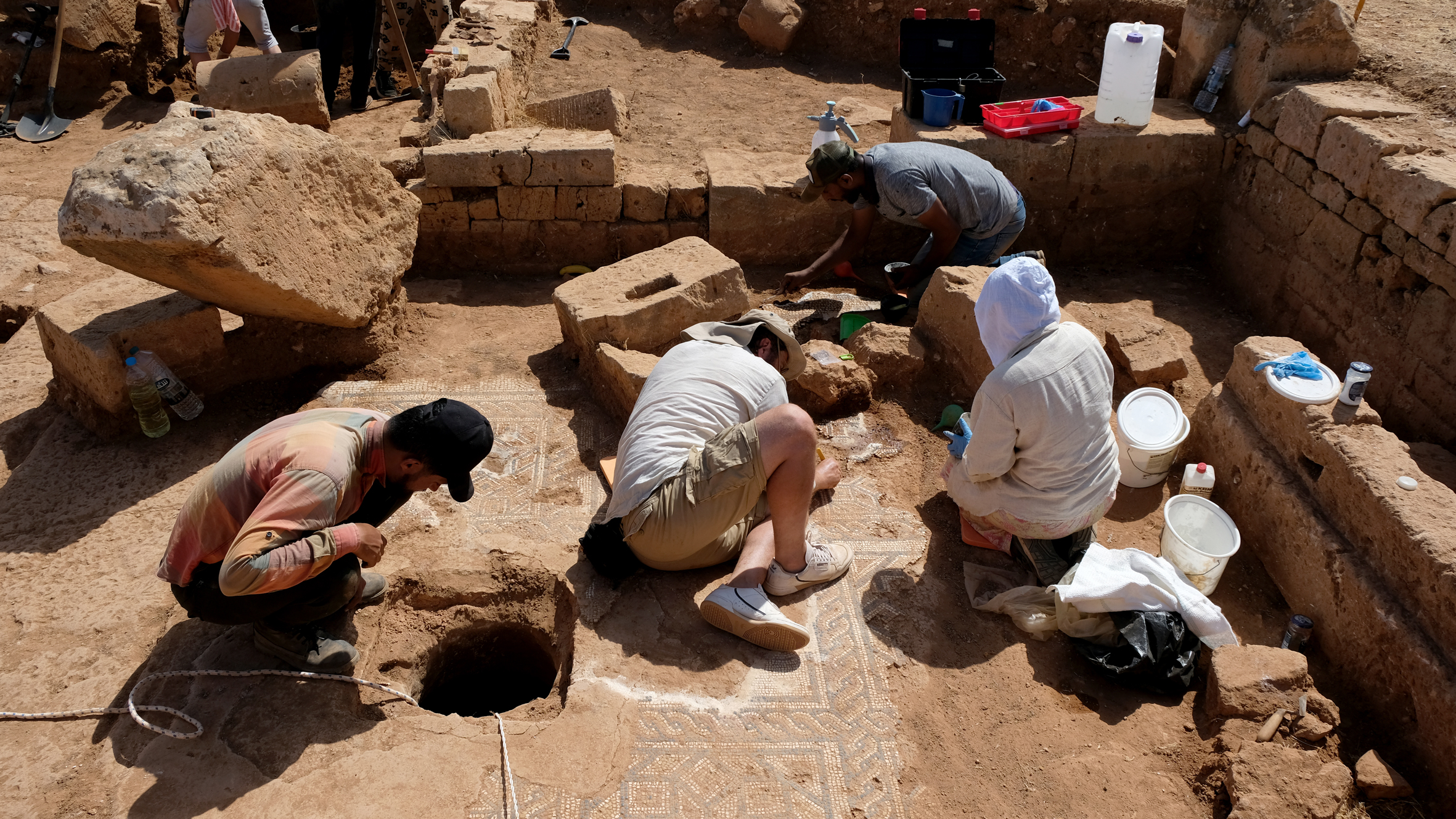
The residence was severely damaged by earthquakes, which hit Cyrenaica at least twice in the second half of the 3rd century. Archaeologists believe that it was rebuilt in the late Roman period. This is indicated by three stone containers placed near the entrance. Similar structuresdevices have been discovered in many rich houses in Cyrenaica, dating back to the end of antiquity. Currently, researchers generally agree that they were used to pay taxes by residents - in natural goods or gifts. The owner of the house probably also conducted public activities there.
Mysterious face
This season's most surprising find for archaeologists was a human face modelled in a plastic mass of hydraulic mortar, which covered the walls of one of the water cisterns. As the archaeologists describe, the mask is devoid of any attributes that would allow its identification. The lack of known analogies also gives wide scope for various interpretations.
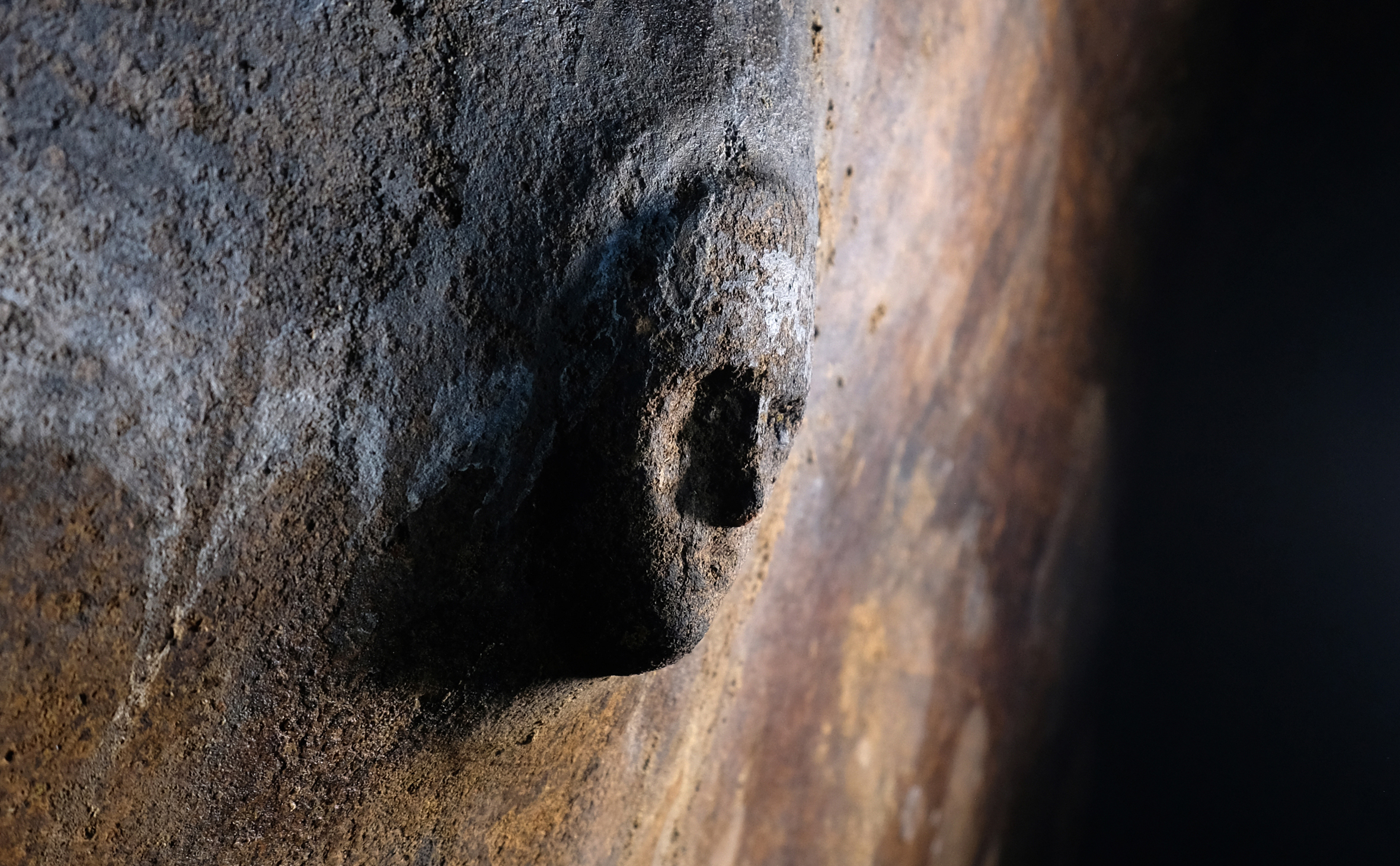
'The face discovered in the cistern has a certain similarity to human faces carved on the walls of the Libyan sanctuary in Slonta, south of Cyrene. It cannot be completely ruled out that the owner of the house, or at least the people involved in creating the image, were of Libyan origin. Thanks to epigraphic sources, we know that at least from the 1st century BCE, the citizenship of the Greek cities of Cyrenaica was also granted to the quickly assimilating representatives of the Libyan elites. However, this is only speculation for now', Piotr Jaworski explains.
Research in the acropolis
In December 2024, Warsaw archaeologists returned to Ptolemais to initiate a project of non-invasive research in the city's acropolis, planned for the next few years. As the researchers explain, every Greek polis that had the right natural conditions, i.e. an elevation that allowed it to be used for defensive purposes, had an acropolis. It was usually located within the city walls and often also had its own fortifications and citadels. This was also the case with Ptolemais.
As the archaeologists describe in the release sent to PAP, the local acropolis lies at an altitude of 285 m above sea level, on a plateau in the shape of a triangle, and has an area of 11 ha. It is surrounded on two sides by the defensive walls of the city with several towers, while from the north it is limited by an additional wall, which, if necessary, allowed for its independent defence and provided protection to all residents of the city. The southernmost and most exposed end of the acropolis is occupied by a small fort, which was the last point of resistance.
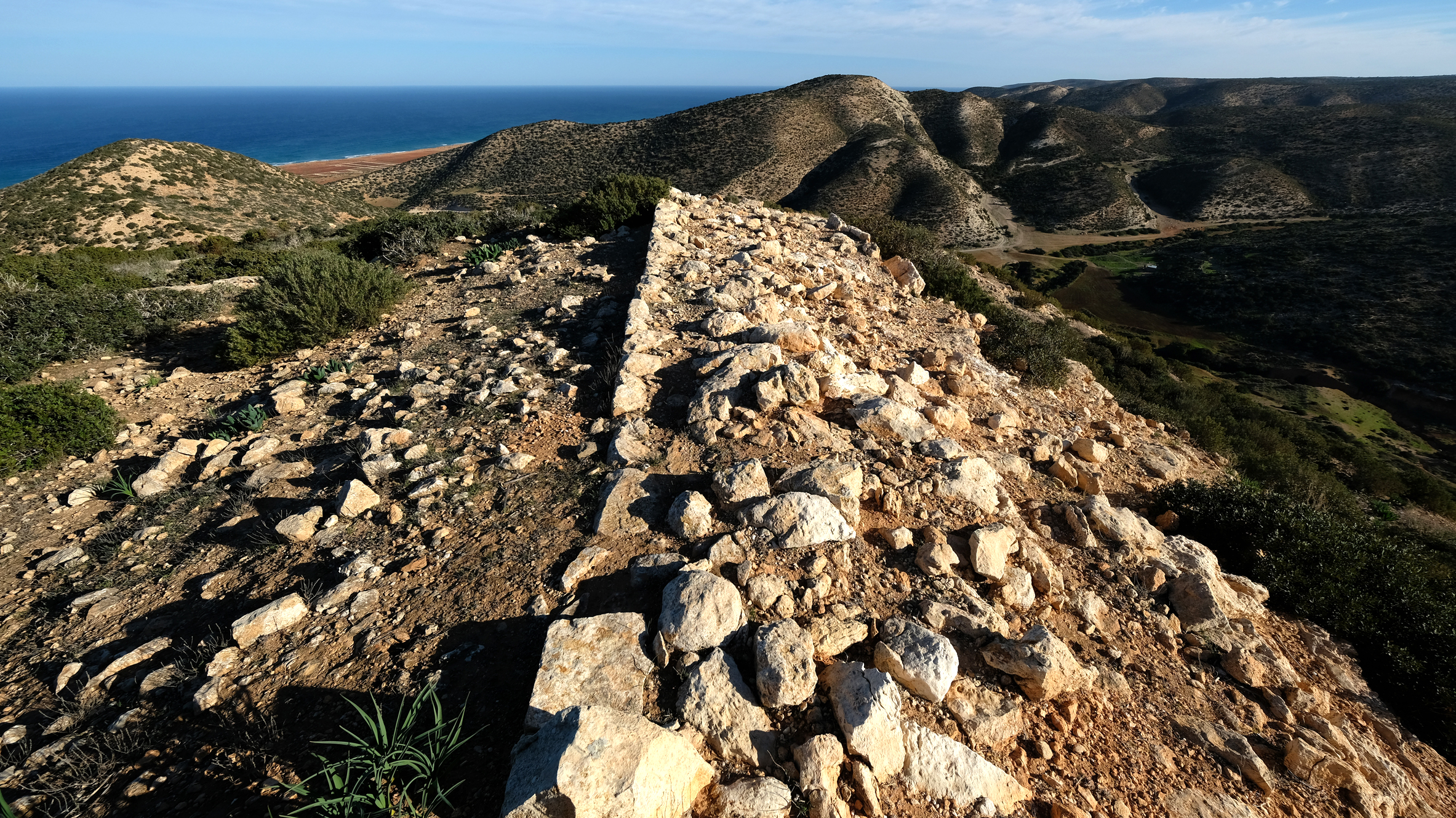
The acropolis had an excellent drinking water supply system thanks to numerous cisterns and wells located throughout its area. A theatre was built on its northern slope, and a hippodrome was located at its foot.
Although the area of rocky hills located within the city walls occupies almost a third of the city's area, it has not yet been subject to systematic archaeological research. In the late 1950s, the acropolis's defence system was only initially explored by an expedition from the University of Michigan led by the outstanding archaeologist Carl Hermann Kraeling.
'Even the initial exploration of the acropolis shows the excellent use of its natural defensive values by ancient planners', says Szymon Lenarczyk, PhD, who headed the project.
The 3D terrain model created by archaeologists from the University of Warsaw will now be used to plan research activities in future seasons and select appropriate, non-invasive field prospecting methods.
'The orthophotomap of the Ptolemais acropolis that we have developed indicates the existence of numerous architectural structures in its area, not necessarily related to the defence system', Lenarczyk adds.
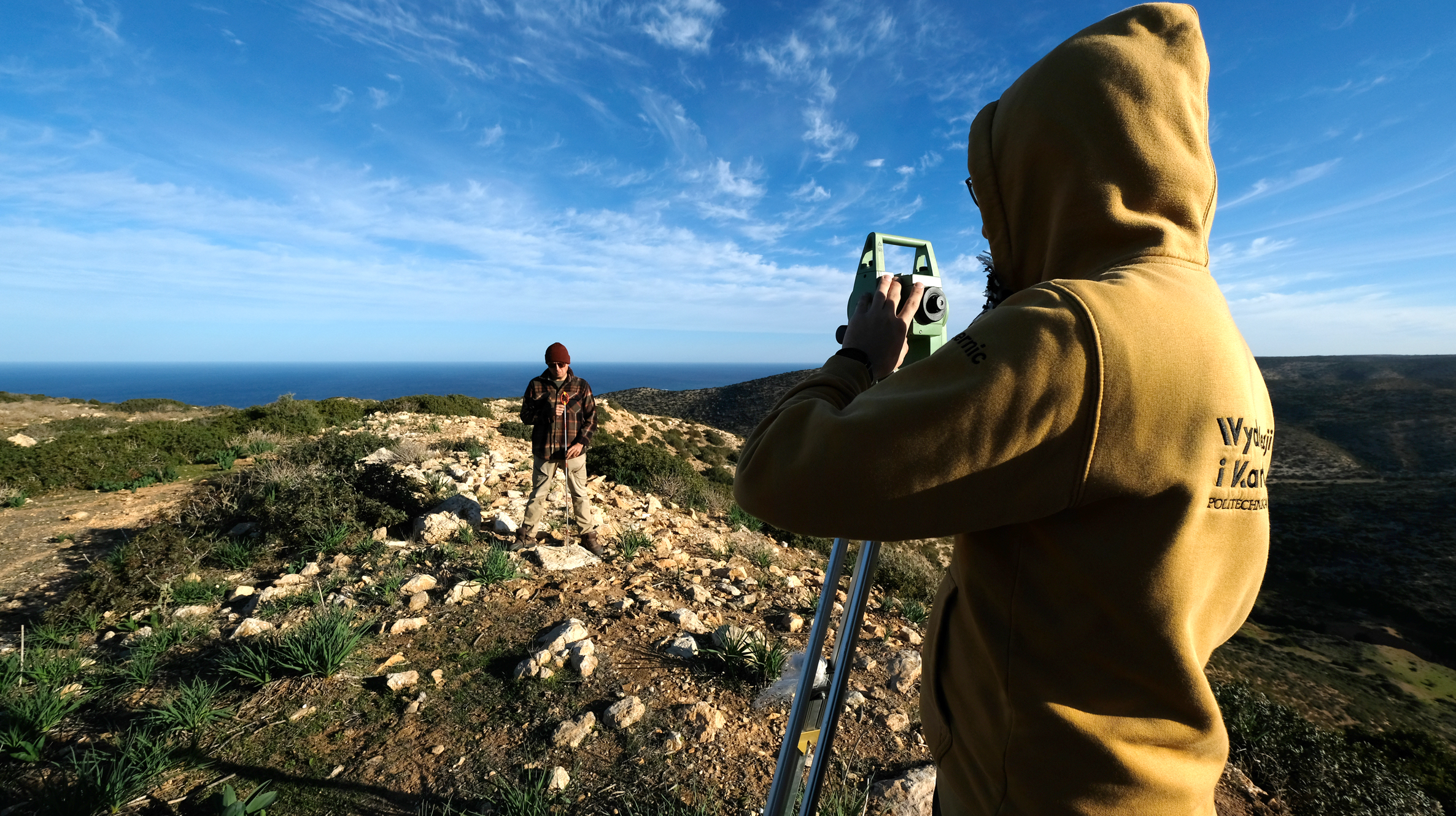
In future research seasons, researcher want to determine the function of these structures, whether the acropolis had residential buildings and whether there were places of worship in its area.
Archaeological research in the Libyan Ptolemais was initiated in 2001 by Professor Tomasz Mikocki from the Faculty of Archaeology of the University of Warsaw. It continued until 2010 and was interrupted by the outbreak of the civil war in that country. The return to research was possible thanks to the excavations and non-invasive research concession, signed in Tripoli. (PAP)
Science in Poland, Ewelina Krajczyńska-Wujec
ekr/ bar/
Gallery (6 images)
-
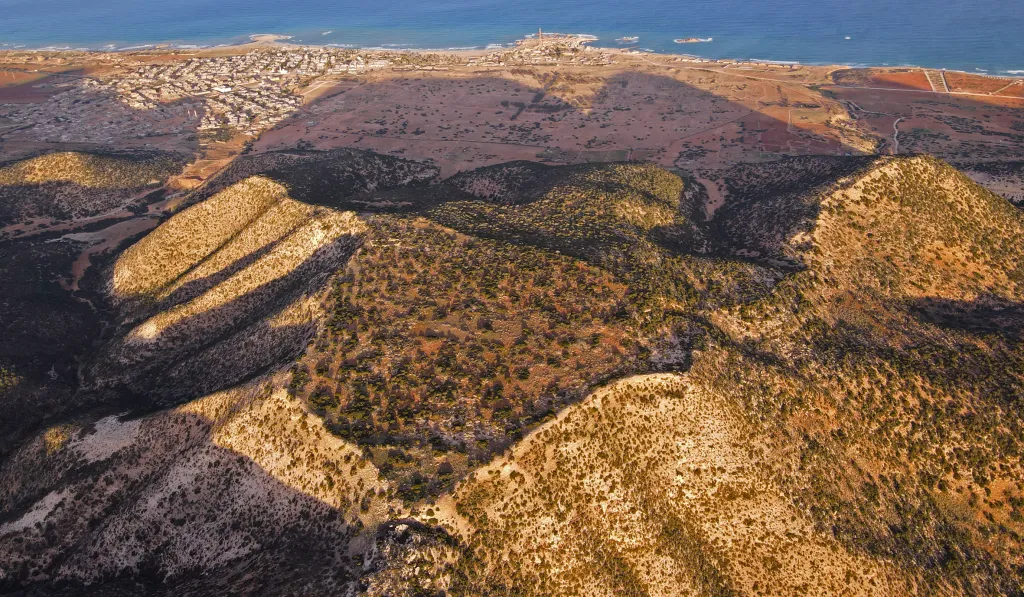 1/6Acropolis of Ptolemais, December 2024. Credit: Szymon Lenarczyk
1/6Acropolis of Ptolemais, December 2024. Credit: Szymon Lenarczyk -
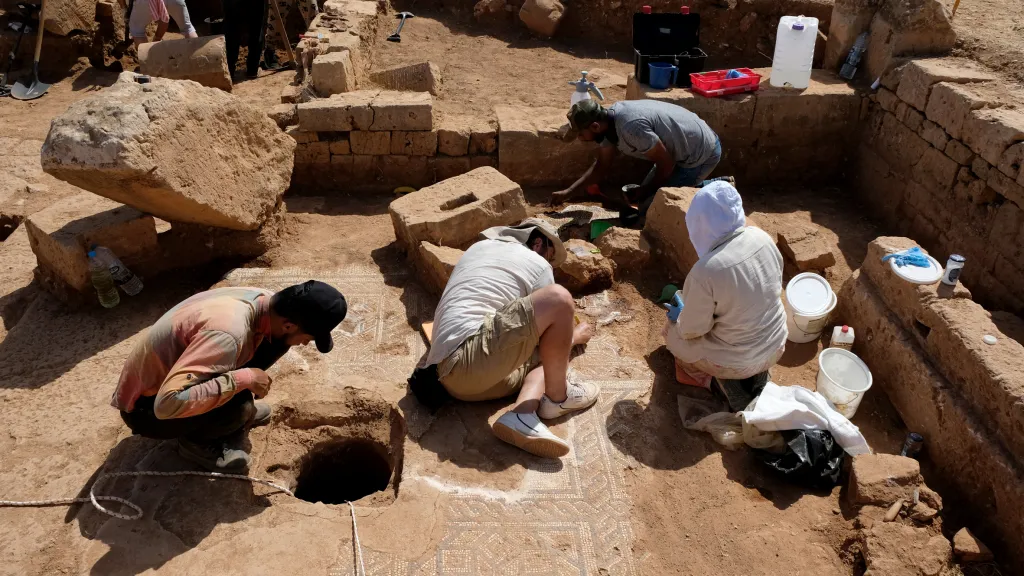 2/6Exploration and conservation of the ruins of a house from the 1st half of the 3rd century CE in Ptolemais, June 2024. Credit: Piotr Jaworski
2/6Exploration and conservation of the ruins of a house from the 1st half of the 3rd century CE in Ptolemais, June 2024. Credit: Piotr Jaworski -
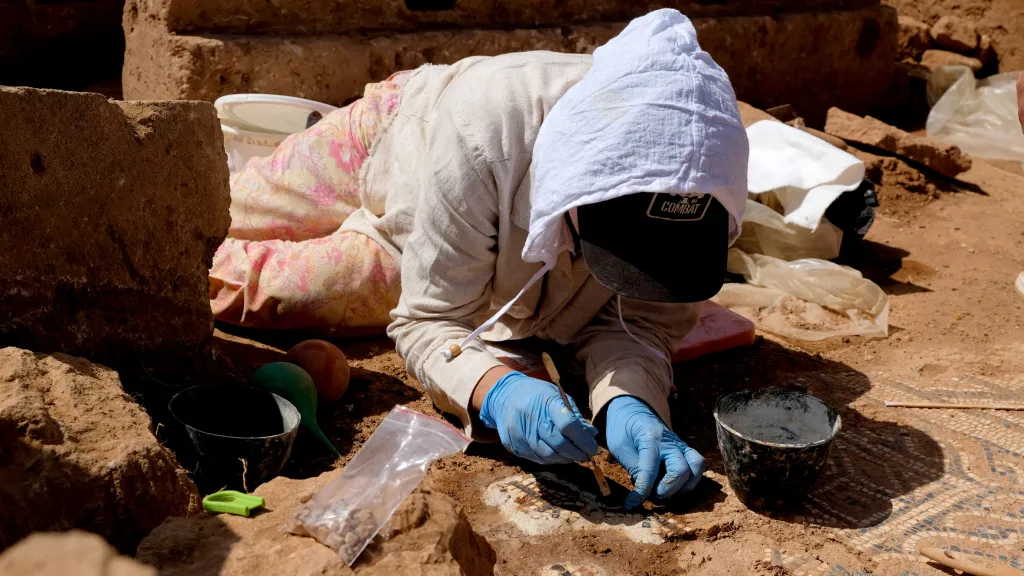 3/6Conservation of the mosaic, June 2024. Credit: Piotr Jaworski
3/6Conservation of the mosaic, June 2024. Credit: Piotr Jaworski -
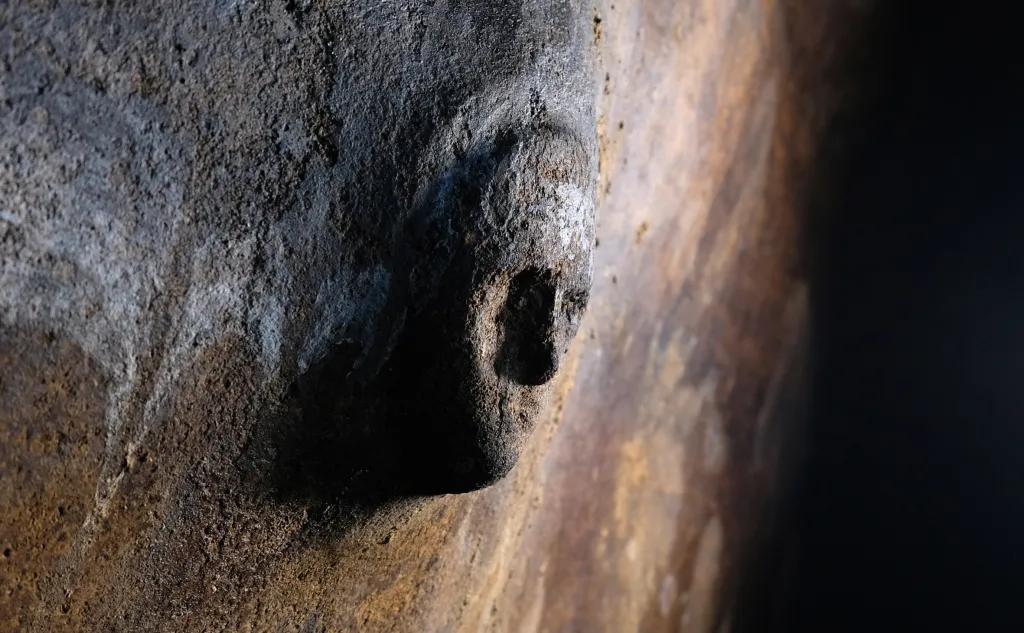 4/6Mask in the cistern, June 2024. Credit: Anna Tomkowska
4/6Mask in the cistern, June 2024. Credit: Anna Tomkowska -
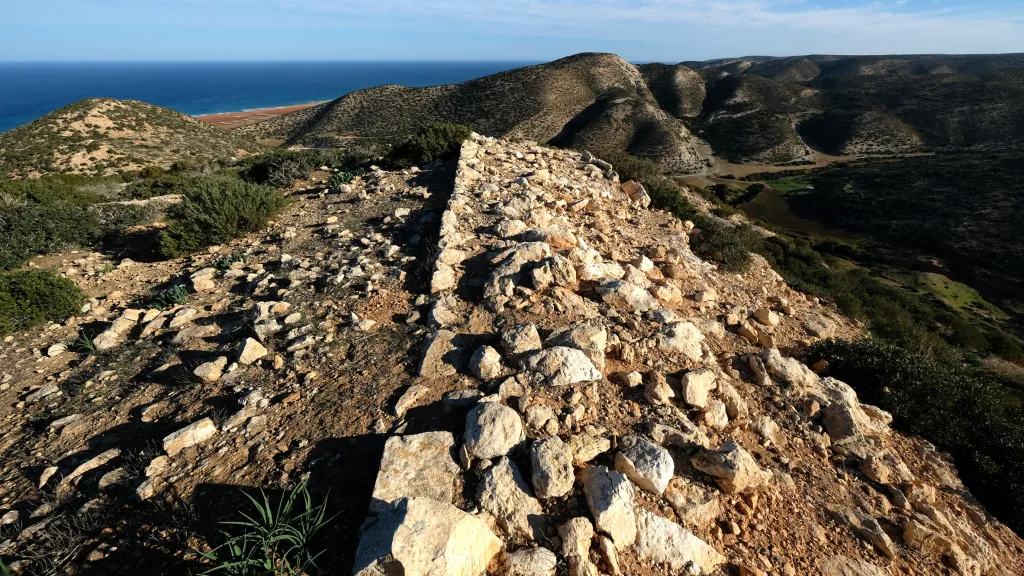 5/6The city walls surrounding the acropolis from the southeast, December 2024. Credit: Piotr Jaworski
5/6The city walls surrounding the acropolis from the southeast, December 2024. Credit: Piotr Jaworski -
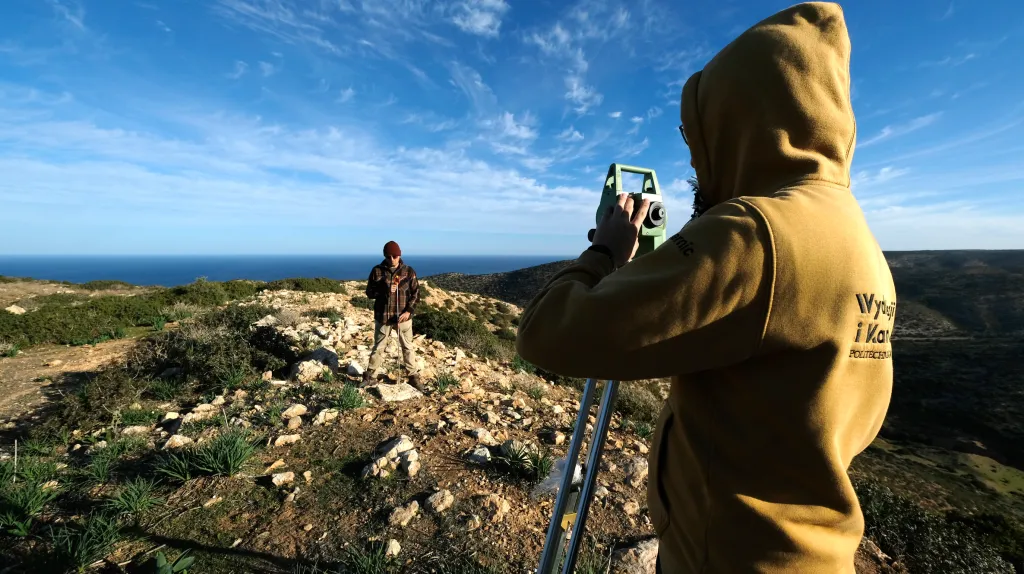 6/6Geodetic measurements of the defensive walls of the acropolis, December 2024. Credit: Piotr Jaworski
6/6Geodetic measurements of the defensive walls of the acropolis, December 2024. Credit: Piotr Jaworski













